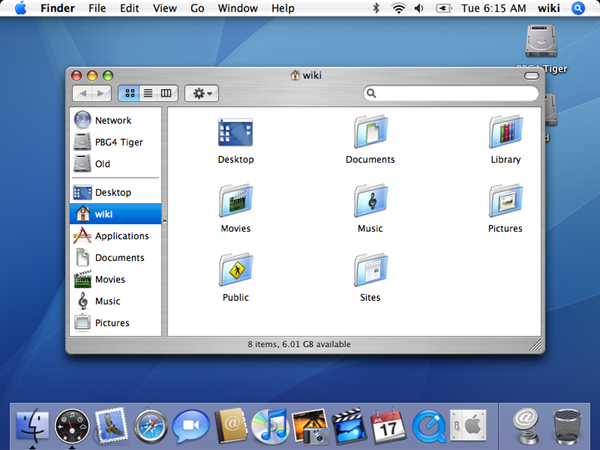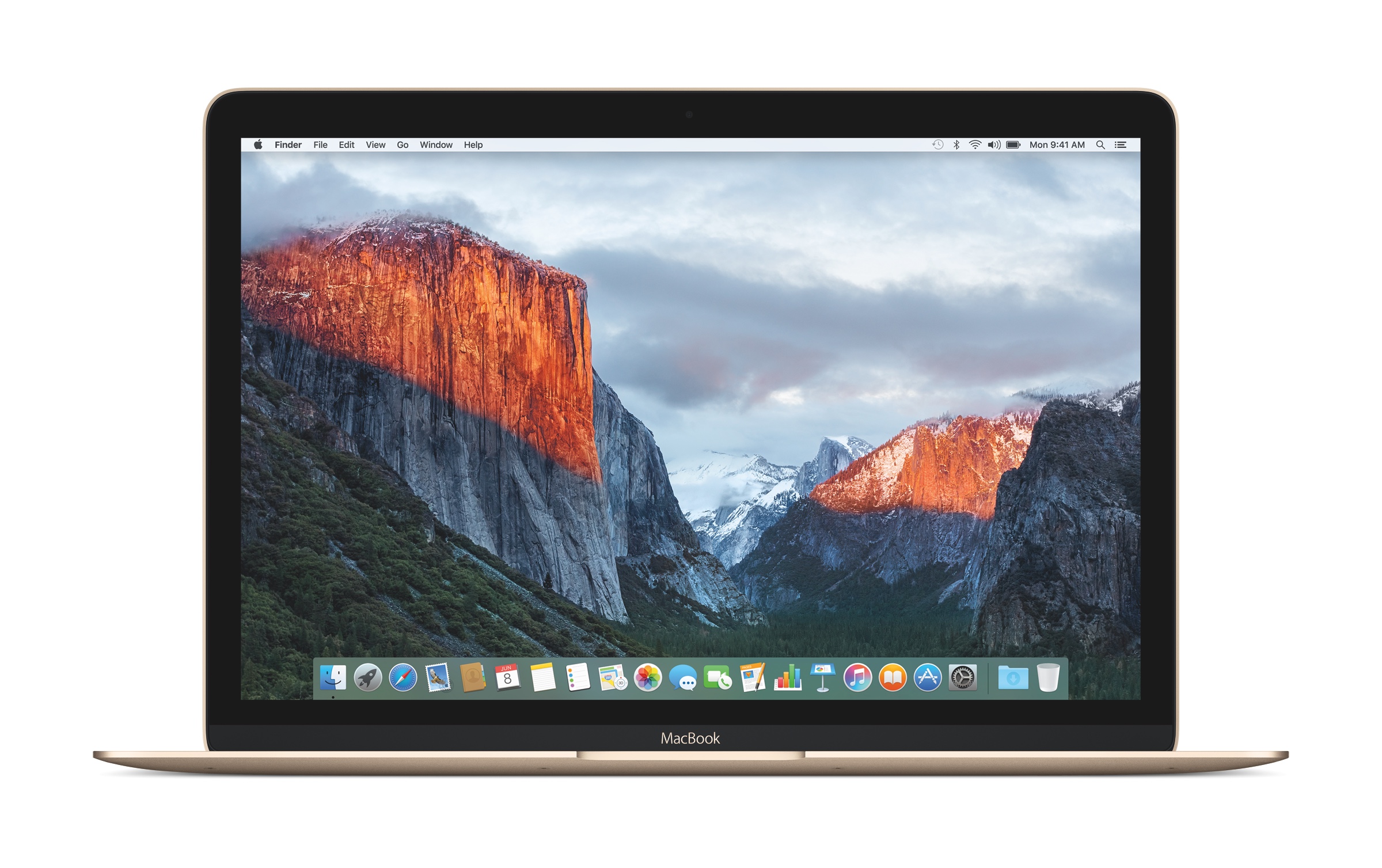It’s been 15 years since Apple released Mac OS X to consumers. The Mac operating system first became available for purchase in stores for $129 on March 24, 2001.
“Mac OS X is the world’s most advanced operating system, combining the power and openness of UNIX with the legendary ease of use and broad applications base of Macintosh,” Apple said in a press release at the time.
In a separate press release, Apple pointed out that more than 350 compatible applications were available and that more than 20,000 Mac OS X applications were under development.
https://www.instagram.com/p/9yAfc8Ejbc/?taken-by=appleclassics
“To say that Mac OS X has been eagerly awaited by Mac users is an understatement,” John Siracusa wrote in his Ars Technica review of the operating system. “Apple has been trying to produce a successor to the classic Mac OS operating system for almost 15 years.”
Given the staying power of OS X (the “Mac” part was unceremoniously dropped in 2012 with the release of Mountain Lion), it’s probably fair to say that the operating system is a fair replacement for the original Mac OS that shipped with the original Macintosh in 1984.
Through the years, OS X has been bolstered with features like CD burning, iChat, Xcode, Image Capture, Dashboard widgets, Spotlight, the Mac App Store, AirDrop, Time Machine, and Continuity. And Apple has spruced up the user interface in many ways. But OS X elements like the Finder and the Dock have remained consistent, so people have come to know what to expect from Mac desktops and laptops. And this has provided a stable base that has allowed Apple to enter new markets, with products like the iPod, iPhone, iPad, and Apple Watch.

Above: Mac OS X Tiger, released in 2005.
When Mac OS X (code-named Cheetah) was released, Windows ruled. Apple, as a company, was in the process of a turnaround. Since then, OS X has become much more common. Even though it still trails Windows, nowadays in the U.S. when you walk into a coffee shop or an office, it’s hard to miss all the Macs running OS X.
And many more OS X apps have appeared. By late 2011, following the release of Mac OS X Lion, there were more than 500,000 apps available from the Mac App Store.
Today’s OS X El Capitan is like an older, more refined, more powerful version of the original Mac OS X. Today’s Windows 10, by contrast, feels like a distant relative of Windows 98.

Above: OS X El Capitan.
Some observers have complained recently about some of the applications coming out of Apple. But OS X on its own still just works. And that’s why it remains my daily driver after so many years.
Happy birthday, OS X!
VentureBeat's mission is to be a digital town square for technical decision-makers to gain knowledge about transformative enterprise technology and transact. Learn More

